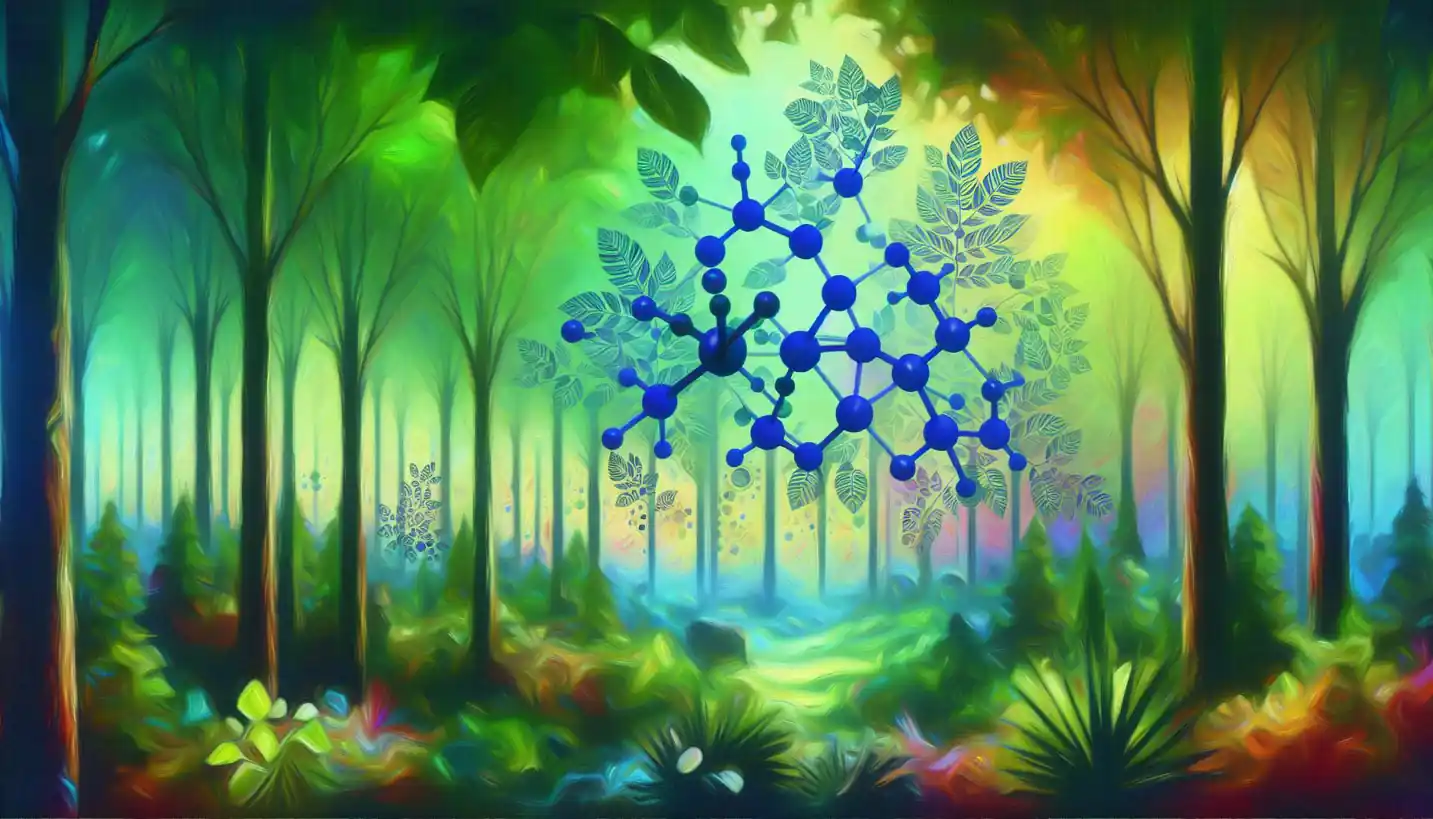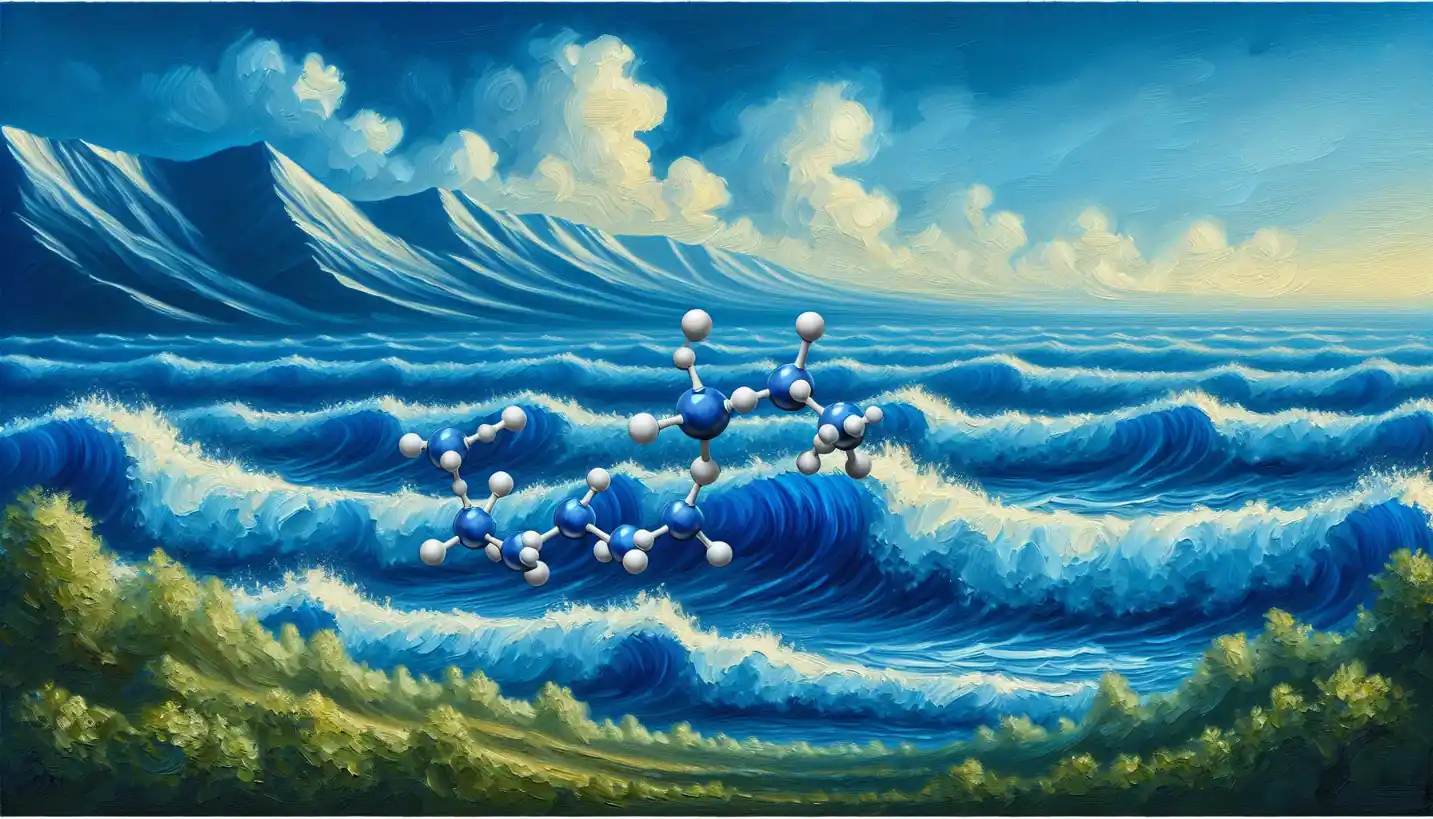· Chemistry · 4 min read
Allotropes: The Many Faces of Elements in Chemistry
Allotropes show diverse forms of elements like carbon. Dive into the fascinating transformations that reveal chemistry’s versatile nature.

Somewhere, quietly resting on your desk, is a pencil. And inside that pencil is something extraordinary — graphite, a form of carbon. Did you know that this simple graphite has a glittering sibling called diamond? Both made from carbon, but with entirely different properties. Welcome to the fascinating world of allotropes, where elements show off their multiple personalities.
What Are Allotropes?
In the realm of chemistry, allotropes are different forms of the same element, where atoms are bonded together in various ways, resulting in different structures with distinct properties. Imagine it like Lego blocks — the same pieces can be assembled into different shapes, creating different structures. Carbon is a classic example: it can become the soft graphite in your pencil or the hardest natural substance on Earth, a diamond.
Why Allotropes Matter
Allotropes aren’t just a scientific curiosity; they have real-world applications that significantly impact our lives. The unique properties of different allotropes can lead to various uses, from industrial applications to technology and even art.
Carbon: The Shapeshifter
Carbon is perhaps the most famous element that exhibits allotropy. Besides graphite and diamond, carbon can also form fullerenes, nanotubes, and graphene. Graphene, for instance, is just a single layer thick but is renowned for its strength and electrical conductivity. It’s paving the way in developing new technologies such as flexible electronics and advanced batteries.
Oxygen: Double Trouble
Oxygen, the element we rely on for breathing, has allotropes too. While the O₂ molecule is essential for life, Ozone (O₃) serves as Earth’s protective shield, absorbing harmful UV radiation. However, close to the ground, ozone can become a pollutant, causing health problems.
Phosphorus: A Spectrum of Possibilities
Phosphorus is another versatile element with several allotropes, including white, red, and black phosphorus. White phosphorus is highly reactive and is used in military applications, while red phosphorus is more stable and is found in safety matches. Black phosphorus, akin to graphene, is being explored for its potential in electronics due to its excellent conductivity and flexibility.
The Science Behind Allotropes
The existence of allotropes boils down to the concept of atomic bonding. Atoms can connect in various ways, creating different structures. These variations in bonding are what give rise to different allotropes, and they can vary greatly in terms of stability, hardness, color, and other physical properties.
The Role of Temperature and Pressure
Conditions such as temperature and pressure can dramatically alter the form of an element. For example, carbon transforms into diamond under extreme pressure and temperature conditions found deep within the Earth. Such transformations illustrate how the environment influences the stability of different allotropes.
Interesting Allotropes Across the Periodic Table
Sulfur: A Simple Twist
Sulfur, found in volcanic regions, showcases interesting allotropy. The most common is rhombic sulfur, a crystalline form. However, when heated and rapidly cooled, it forms a stretched version called plastic sulfur, which is elastic and distinct in properties.
Tin: Changing with the Temperature
Tin displays allotropic behaviors that can lead to “tin pest,” where gray tin (stable at low temperatures) transforms to white tin at higher temperatures. This change can make objects brittle, a factor considered crucial during winter in historical use.
Future Discoveries and Allotrope Innovations
Exploration into allotropes is not just about understanding the elements we’ve known for centuries. Researchers are continually uncovering new allotropes, which can lead to advances in technology and new materials. For instance, the ongoing study of carbon-based materials like graphene is unlocking new possibilities for energy storage, medical sensors, and high-speed electronics.
Allotropes in Our Daily Lives
Allotropes are more a part of our daily existence than many might think. From the bleach used in cleaning (ozone in water treatment) to the diamonds in engagement rings, the diverse faces of elements reveal the fascinating interplay between structure and function.
Conclusion
The world of allotropes is like a grand masquerade ball where elements don different masks, each with unique attributes. By appreciating the diverse forms elements can take, we can better understand the material world, leading to innovations that shape our future. Whether it’s the cutting-edge technology in your smartphone or the graphite inside your pencil, allotropes are indeed behind much of what makes our world tick. Curious about what the future might hold? Keep an eye on these shapeshifting elements; they are bound to surprise us again and again!


